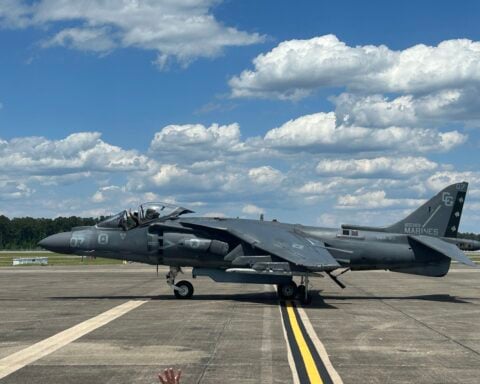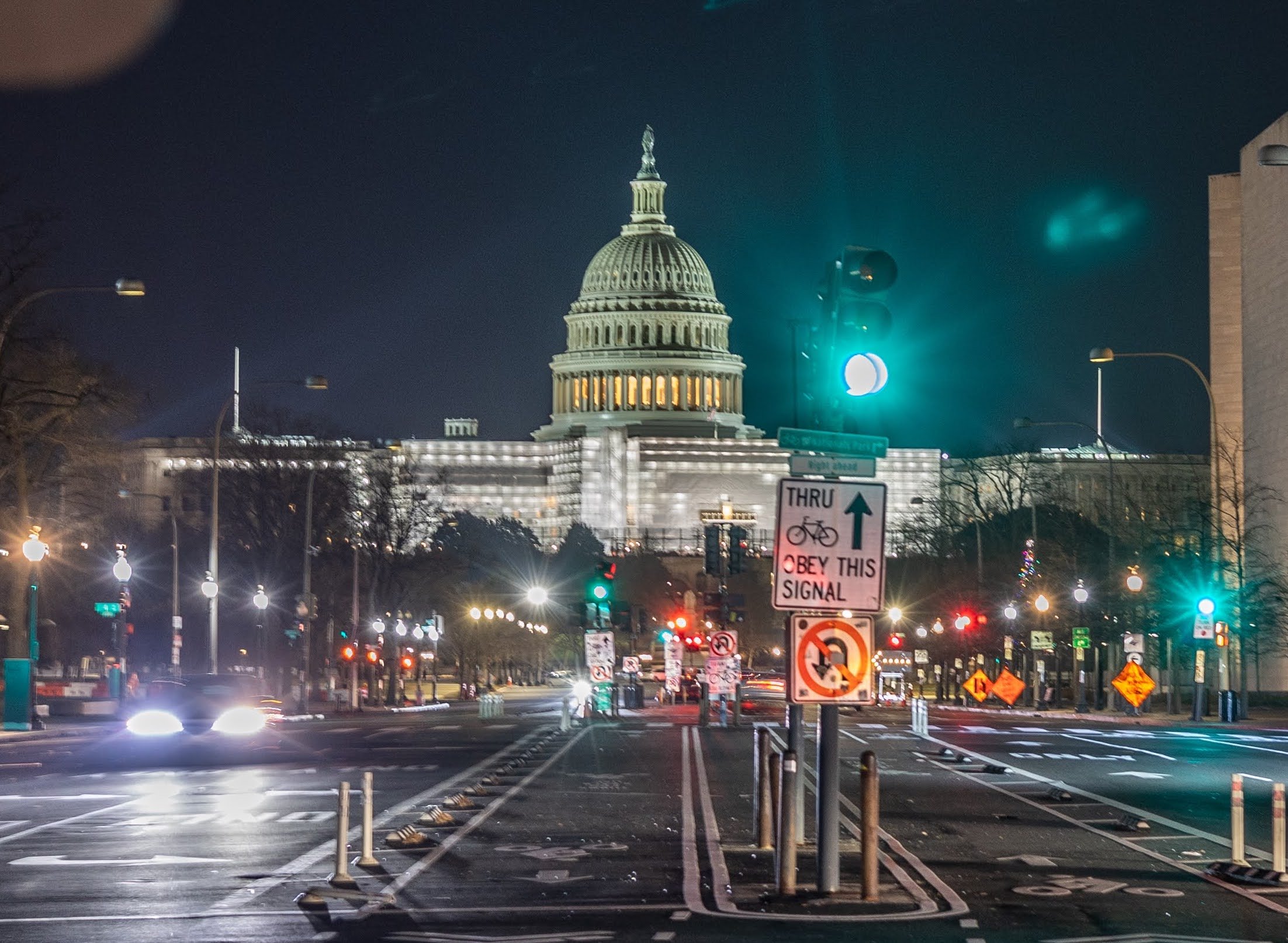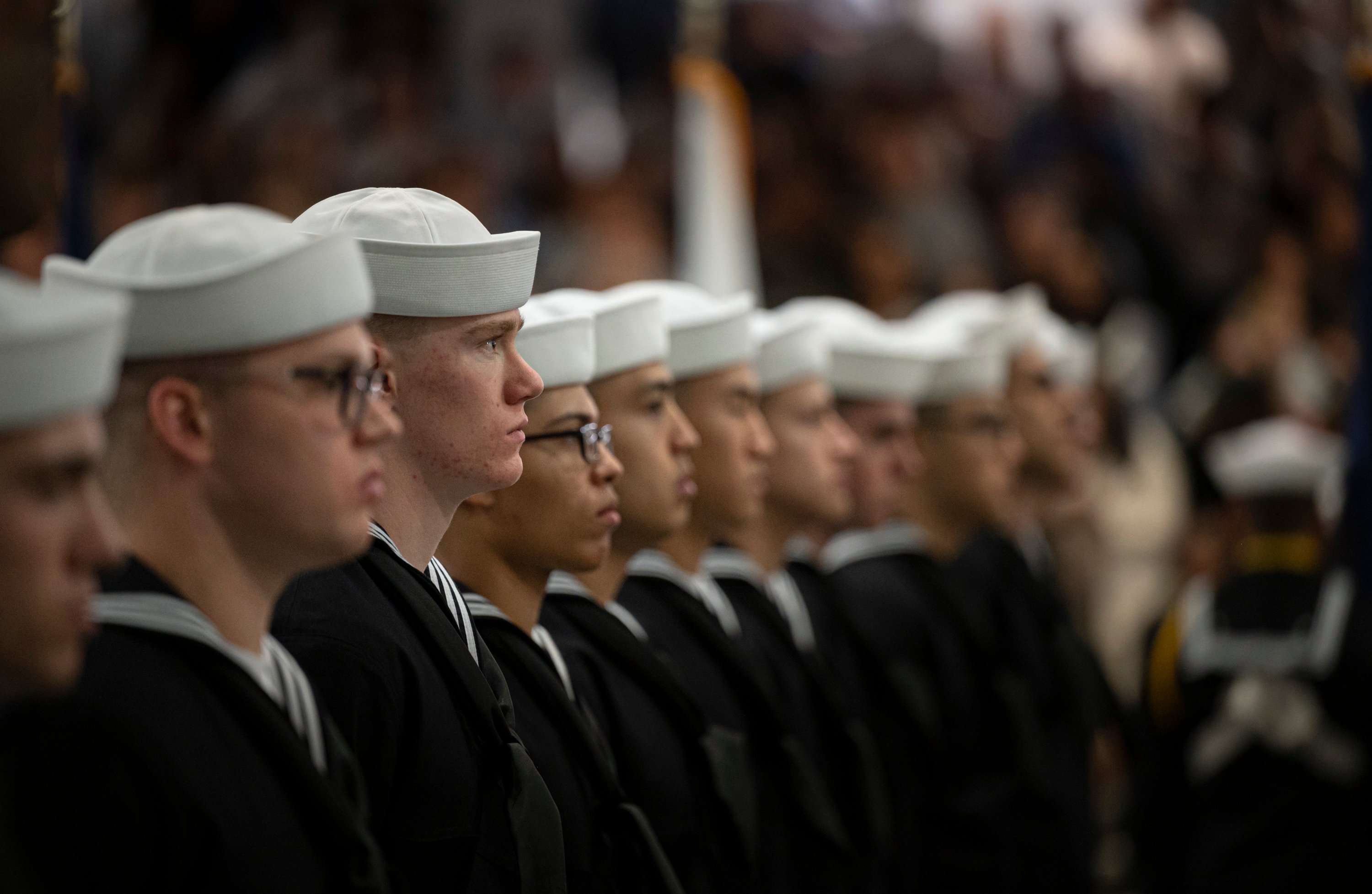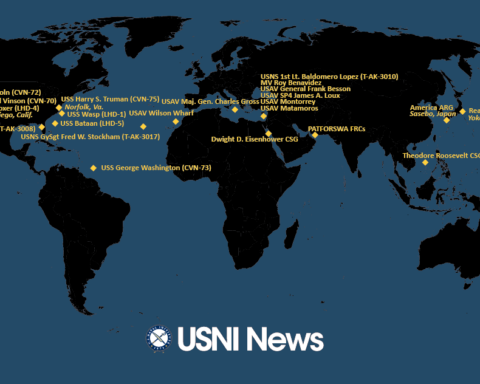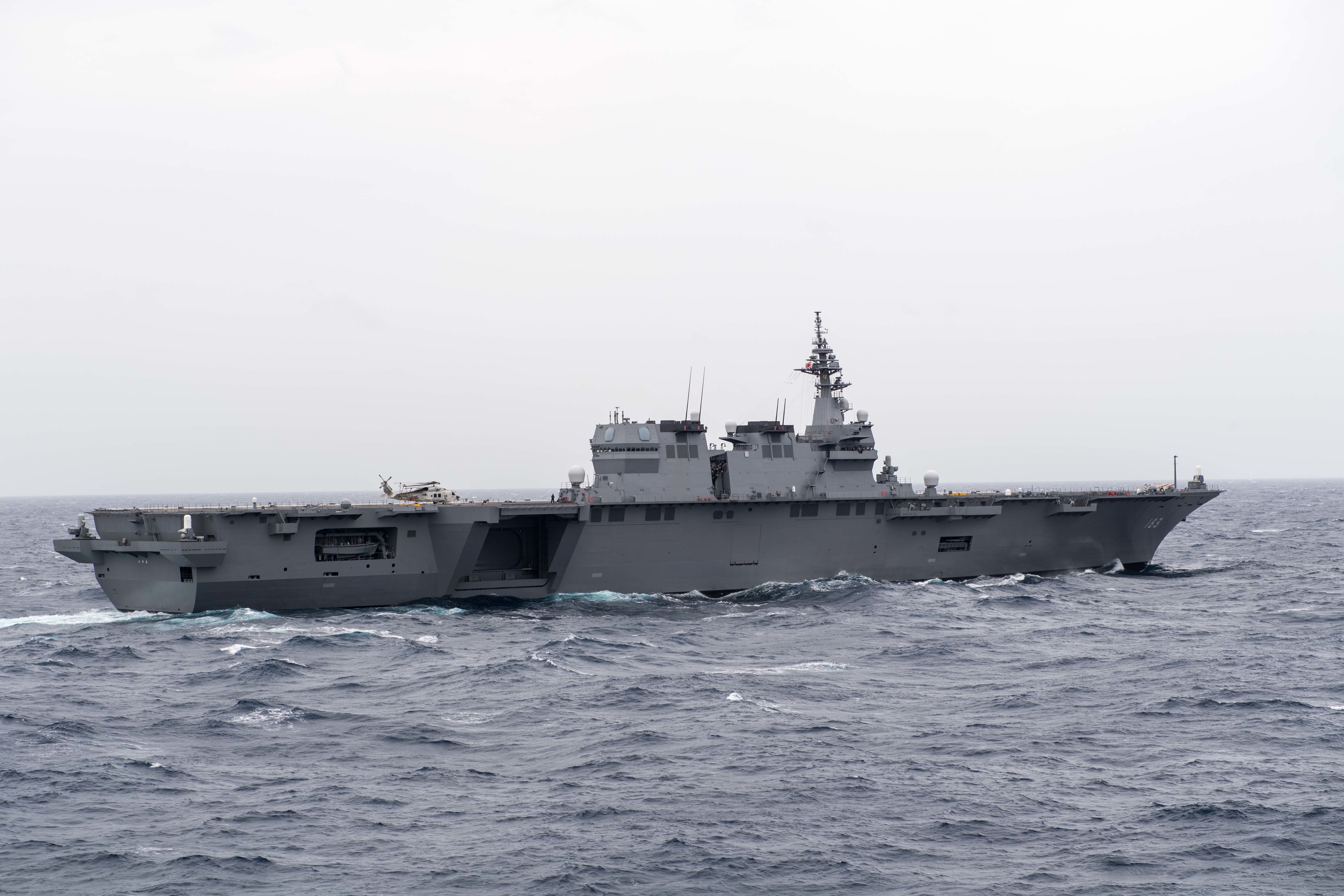
This post has been updated to say the U.S. Marine F-35s on JS Izumo should occur by November.
U.S. Marine F-35B Lighting II Joint Strike Fighters will operate off a Japanese warship later this year, Marine Corps Commandant Gen. David Berger said on Wednesday.
By November, the Marine F-35Bs will embark on one of the two 24,000-ton Izumo-class helicopter destroyers in an exchange that could lead to a similar program in which a U.S. Marine JSF squadron embarked aboard U.K. Royal Navy aircraft carrier HMS Queen Elizabeth (R08) this year, he said.
“We’re not going to go on deployment but we’re actually going to fly U.S. Marine Corps F-35s off of a Japanese ship,” Berger said on Wednesday during a U.S. Naval Institute – CSIS Maritime Security Dialogue.
The Japanese government approached the Marines in 2019 to consider the exchange of aircraft in parallel to the retrofit that would allow Japanese Maritime Self-Defense Force warships JS Izumo (DDH-183) and JS Kaga (DDH-184) to embark F-35Bs, USNI News reported at the time.
The warship will likely be JS Izumo (DDH-183). Izumo completed the first phase of the modifications to accommodate F-35s in July, according to Naval News. The modifications include adding lines to the deck and heat-resistant coatings.
“In this second modification, the bow shape of the Izumo will be changed from the current trapezoidal shape to a rectangular shape to make it easier to operate the F-35B, and other changes to the ship’s interior compartments are also planned,” reported Naval News.
The modification of Izumo and Kaga are paired with a planned JSDF buy of 42 F-35Bs to operate from the two ships. The first of the JSDF F-35Bs are set to arrive in Fiscal Year 2023.
The expansion of Japan’s F-35 capability comes as the Chinese have expanded their own naval capability to improve the People’s Liberation Army Navy’s amphibious capability.
Some have argued that fielding F-35s on Izumo and Kaga could be considered a defensive move.
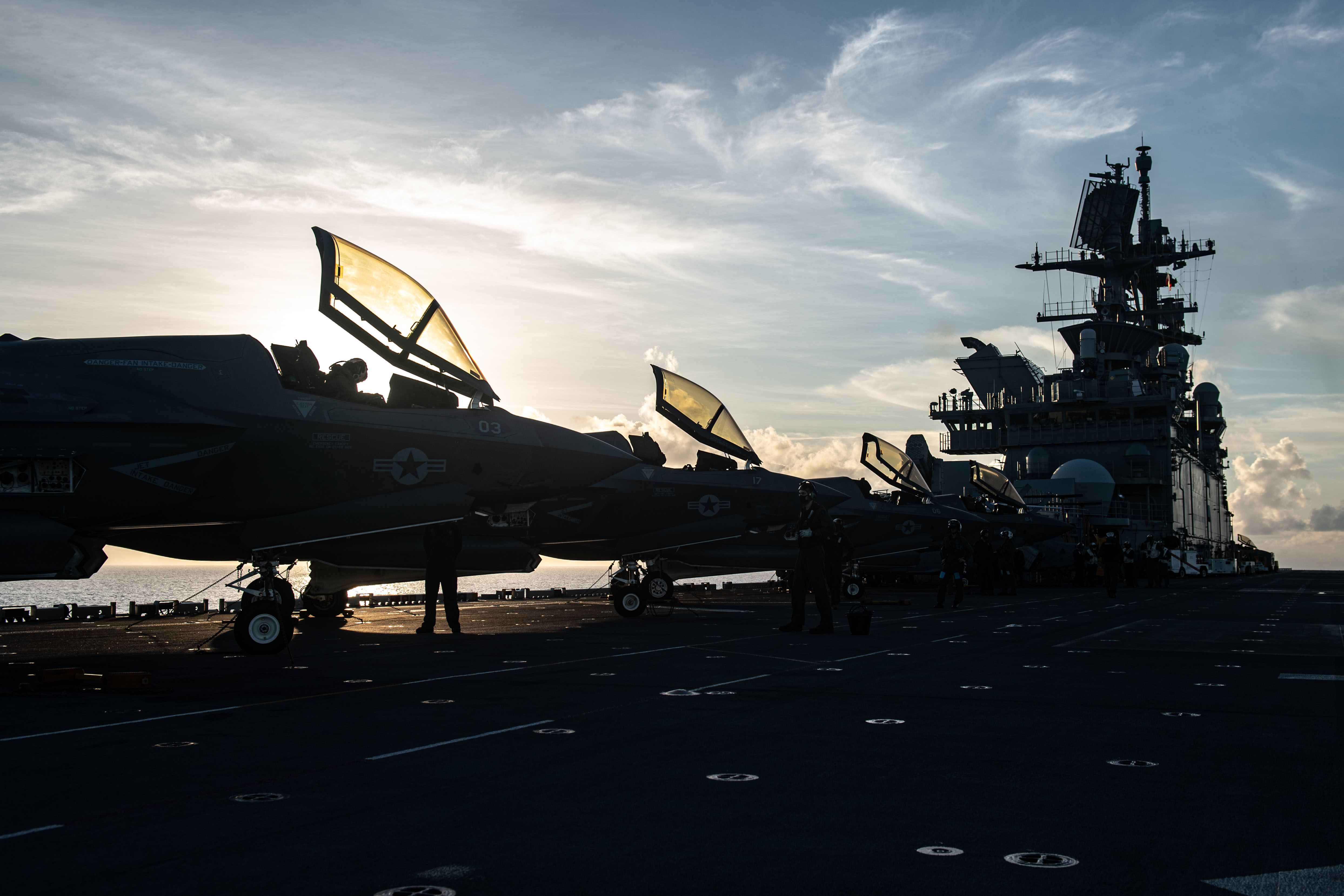
“The challenges to defending the [JMSDF] fleet against aircraft armed with cruise missiles (or hypersonic glide weapons) underscore the need to upgrade the Izumo-class to operate the F-35B STOVL aircraft, as the average range of ship-killing missiles is in the hundreds of miles while the average range of defensive ship-launched antiaircraft and antimissile missiles is only about 100 miles,” wrote United States Pacific Command Adm. Dennis Blair and retired Capt. Christopher Rodeman in Proceedings in 2019.
“Armed with short-range anti-ship missiles, the F-35B would be very effective against ‘swarm tactics’ by patrol craft or maritime militia vessels. In an ‘island grab’ scenario, the F-35B would be invaluable in establishing the local air control required for Japan’s new amphibious regiment to retake remote islands.”
While the Marine embark is limited to testing, the shared capability of U.S. allies to operate F-35Bs allows for closer ties to bilateral partners in the region. Berger brought up the Marine fighters on Japanese warships as an example of how the U.S. is refining its ties to regional allies.
Unlike the multi-nation NATO construct in the Atlantic, the U.S. works one-on-one with its allies in the region. Berger said a consistent problem is sharing information with allies and ad hoc alliances like the so-called Quad between the U.S., Japan, India and Australia are creating new ways for the U.S. to cooperate in the region.
“I think the watching the Quad sort of slowly, quietly, get off the ground, is a great thing,” Berger said. “There are already existing frameworks for how we share information with Australia, Japan, Korea, South Korea, the Republic of Korea, the Philippines, but they’re one to one arrangements. On the bright side, I would watch carefully, things like the deployment of the Queen Elizabeth to right now.”


